World Engineers Day
In keeping with a few of my favourite STEaM-y (gotta remember the ARTS!) things, I felt it was high time to dive into the “e” and World Engineers Day seemed the perfect provocation. The day is meant to celebrate engineers and their contributions to society. But what exactly do Engineers do? I tapped my Civil Engineer brother for a description and Dave said…. “it’s easy really - engineers take principles and knowledge from pure science and apply them to the solution of real-world problems”.
Many school boards and districts are integrating a focus on STEM education as it will help students develop the transferable skills, needed in today’s global economy. These skills include computational thinking, coding, innovation, and scientific and engineering design. With an eye on STEaM edu and reflecting on Dave’s engineering definition, it’s a great breakdown for educators helping their students tackle real world issues like those defined by the United Nations Sustainable Development Goals. As an aside – don’t miss this wonderful SDG summary in comic form (including the last page of ideas for getting involved)!
But how do you get going with the engineering piece? Most curricula don’t make that jump. The Science and Technology (2022) - Ontario curriculum breaks the Engineering Design Process (EDP) into the following components and skills - initiating and planning; performing and recording; analyzing and interpreting; and communicating. This is but one example of EDP but provides an awesome starting point if you’re unaware. Notice the importance of researching and understanding a problem – what a great place to tie those often sought for real-world connections and the importance of the human element of communication. I particularly like the circular piece, it’s an iterative process.
One branch of technology and engineering is robotics, which deals with the design, construction, operation, and application of robots to design machines to help and assist humans.
Not sure where to start with robotics? Maybe try an unplugged activity such as building a Robotic Hand. Use straws, paper, and string to create a moving, bendable hand to explore robotics, engineering, and creative thinking!
I’ve done this project with the minis – Kindergarten, right on through to intermediate-aged kiddos. Always great learning with lots of notice and wonder opportunities! Think back to the EDP – how could this design be improved upon? Where could it be used?
Looking to go deeper?
Kitronik: MOVE Motor for the micro:bit is a great introduction to buggy robotics. In building and programming the: MOVE motor, students can learn about movement, using light and sound sensors, finding and avoiding obstacles and to code :MOVE bot to follow a line.
The :MOVE motor has tons of online support for you to learn more about the explorations your students may make. Check out a ream of MakeCode tutorials and downloadable pdfs here Kitronik :MOVE Motor for the BBC micro:bit - Elmwood Electronics – just a starting point but soo helpful!
As we know, teachers have a tremendous impact on the students we learn with. It’s so important for us to keep in mind equity, diversity, and inclusion in our STEaM classes. This nice little video by the Ontario Science Centre is a great reminder of evidence-based strategies that promote positive STEM identity development!
As always – I hope you dive right into exploring Engineering Design, the E in STEaM, and don’t hesitate to reach out if you have any questions. Even better, reach out to share your and your students new learnings!
I love the co-learning opportunity!!
About the author
Barb Seaton is brought to you by the letter M - Math, Micro:bit, Makey Makey and Minecraft! A professional learning associate with Fair Chance Learning, previous educator and Provincial Mathematics Professional Learning Facilitator, Barb offers a wealth of knowledge and expertise in integrating new technology with math curriculum. Barb works with District School Boards across Canada delivering professional learning on computational thinking, coding and integrating programmable devices. Catch Barb on twitter @barb_seaton






